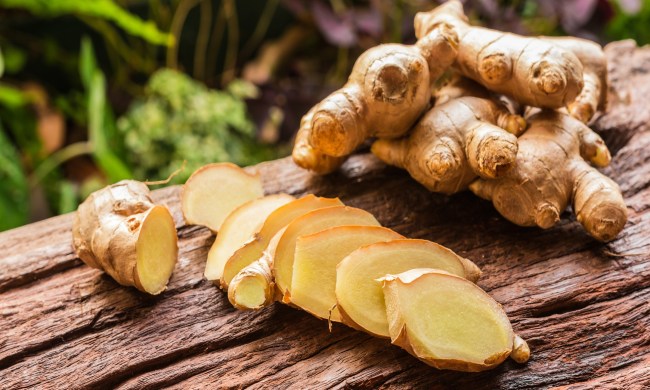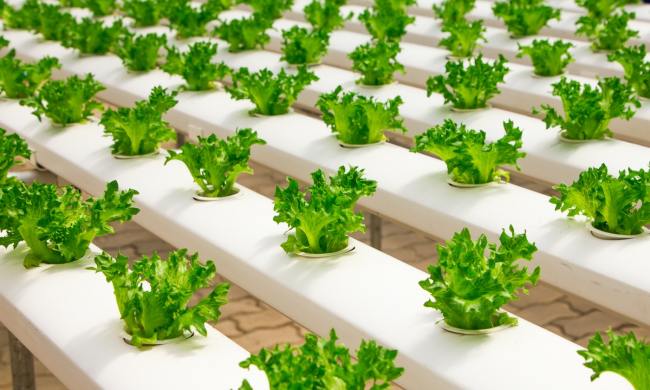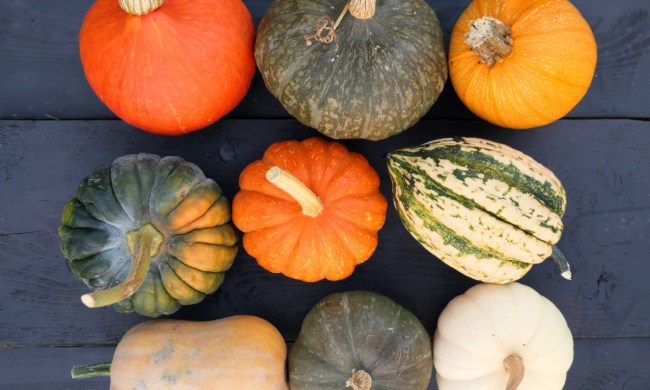If you love the taste of kiwis, then growing your own kiwi fruit plant for fresh kiwis might sound ideal. However, these fruits are native to the tropics and subtropics, which can be daunting for some gardeners. It doesn't have to be, though! You can grow kiwis in much of the U.S. and they're quite a bit easier to grow than you might expect. To help you learn all there is to know about kiwi growing zones, we've put together this handy guide!
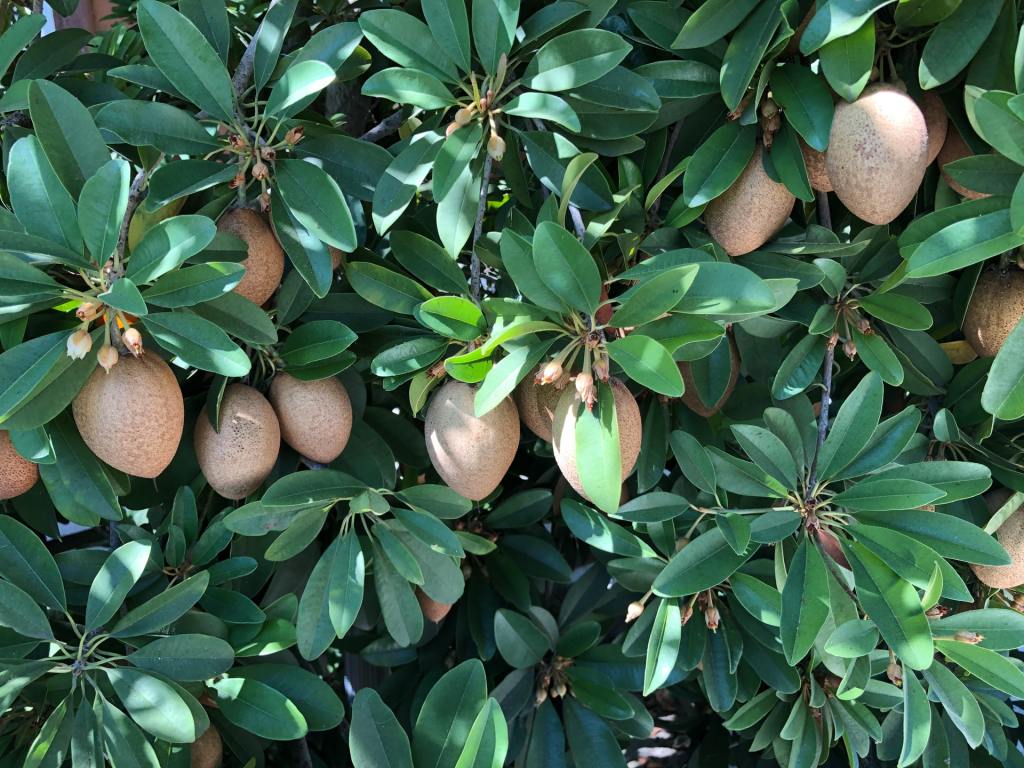
What to know about kiwis
There are 50 different varieties of kiwi plants to choose from. Many of them have uniquely colored flesh. Although several varieties are self-pollinating, many are not, so you need both female and male plants to produce fruit. The hardier varieties are smaller than the fuzzy brown kiwis we know, but you don’t have to peel the skin.
Instead, you can eat the fruit right off the plant. Once you plant and establish your new kiwi plants, they’ll start their best production around eight years old. Unfortunately, this means you have to wait that long to see the fruits of your labors — literally.
The blooms of a kiwi plant are just as lovely as the fruit itself. They are small white flowers with a fragrance similar to the lily of the valley. So while you’re patiently waiting for those yummy snacks, you can enjoy beautiful flowers in the early spring.
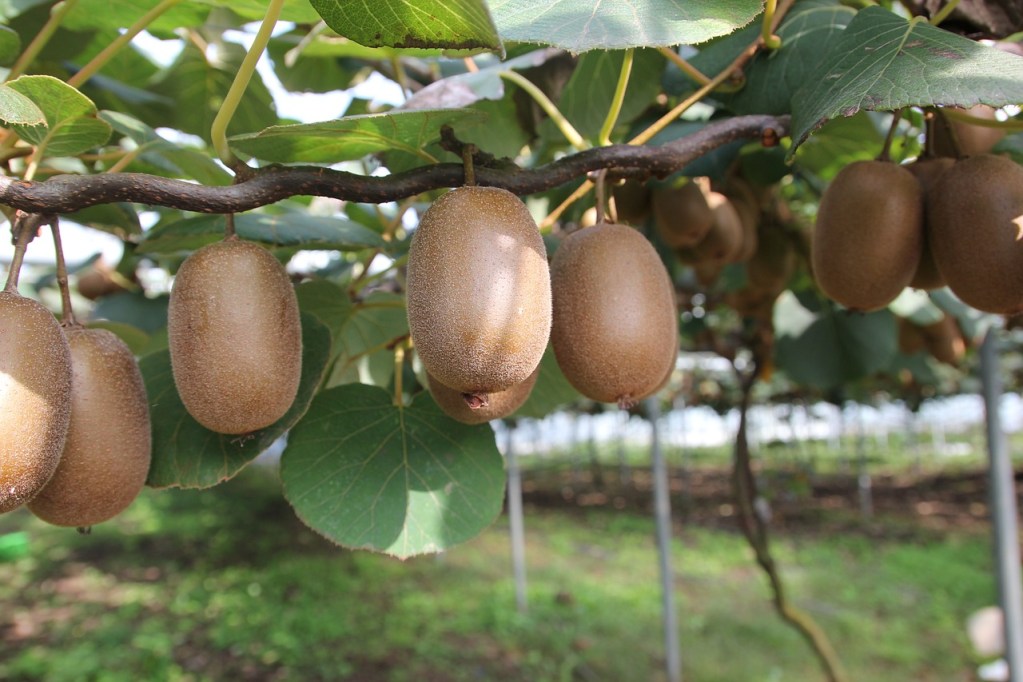
Which kiwi variety is right for you?
All kiwi varieties fall into four categories: arctic, hardy, fuzzy, and hairless. Some types need to grow in subtropical climates and will die in temperatures below 10 degrees Fahrenheit. However, others are hardy enough to succeed in Russia and survive and even thrive in temperatures as low as -30 degrees Fahrenheit. The ideal kiwi fruit plant for you is the one that matches your size and taste preference and can also survive in your specific USDA climate zone.
For those with shorter growing seasons and cold winters, varieties such as Ananasnaya, Dumbarton Oaks, Geneva, and Issai are excellent options. These are hardy varieties explicitly made for colder climates. While they aren’t brown and fuzzy and are smaller than the kiwis we find in the store, they pack a big punch of flavor for their size. They also don’t need to be peeled before eating.
If you’re in a warmer and wetter climate, you can grow the fuzzy kiwis that we all know and love. Examples of these are the Hayward variety, which is the most commonly found kiwi in grocery stores. Meander, Saanichton 12, and Blake are also great kiwi plants for warmer zones like California.
Frigid zones like those in Vermont or Maine aren’t left out. There are arctic kiwi plants that can grow in extremely cold conditions. Arctic Beauty, Krupnopladnaya, and Pautske are Russian varieties that can withstand the harsh conditions of the northern states.

How to care for kiwi fruit plants
Once you've gotten the variety that's suited to your kiwi plant zone, here's how to care for it:
Step 1: Choose a location with full sun.
Step 2: Space the kiwi plants 10 to 12 feet apart.
Step 3: Choose an area with easy access to water. Until they are well established and have grown healthy vines and roots, kiwi fruits need plenty of water to keep them healthy.
Step 4: Install a sturdy trellis or fence next to the kiwi vines.
Step 5: Train the vines to grow along the trellis by tying the vines to the trellis with string.
Step 6: Prune your kiwi vines three times a year with heavy-duty and high-quality pruning shears. Pruning is one of the most important jobs of a kiwi grower, because they’re such prolific growers. Prune once in winter, removing any dead or crossed vine as well as any vines that grew fruit that year. Prune twice in summer, removing any vines that are growing past where the fruit is growing.
Step 7: Trim vines that are a year old during winter to keep the plant focused on growing fruit.
Step 8: Spread a 3-inch thick layer of mulch or chopped leaves around the base of the vines. Leave a 3-inch gap around the base of the vine. You don’t want to mulch right up against the vine, or else you might risk rot or other diseases.
Step 9: Harvest kiwis in October or November. If the fruits aren’t ripe and ready, but the weather suggests there’s a frost coming, go ahead and harvest the fruit and allow it to ripen on your kitchen counter. While this isn’t ideal, it’s better than losing an entire harvest to an early frost.

How to tell if a kiwi is ripe
When it comes time to harvest your kiwis, you'll want to harvest kiwis that are entirely or nearly ripe. Kiwis do ripen after being harvested, so as long as they are mostly ripe they can be harvested. Look for kiwis that are brown and round. Avoid kiwis that have discolored spots, holes, or odd lumps. A slightly misshapen kiwi is fine, just avoid those that have major pest damage or strange, uneven textures.
A ripe kiwi should have a slight give when pressed. They should be soft, but not squishy. Hard kiwis aren't ripe enough yet, and squishy ones are overripe. Overripe kiwis that aren't yet rotten can sometimes be good for smoothies, but otherwise they're best left for wildlife to enjoy.
Kiwi plants are delicious and relatively easy to care for, and they’re pretty too. Now that you know about the kiwi plant zones, you can grow yummy food while also having a beautiful landscape. It’s a win-win!

